HD Course
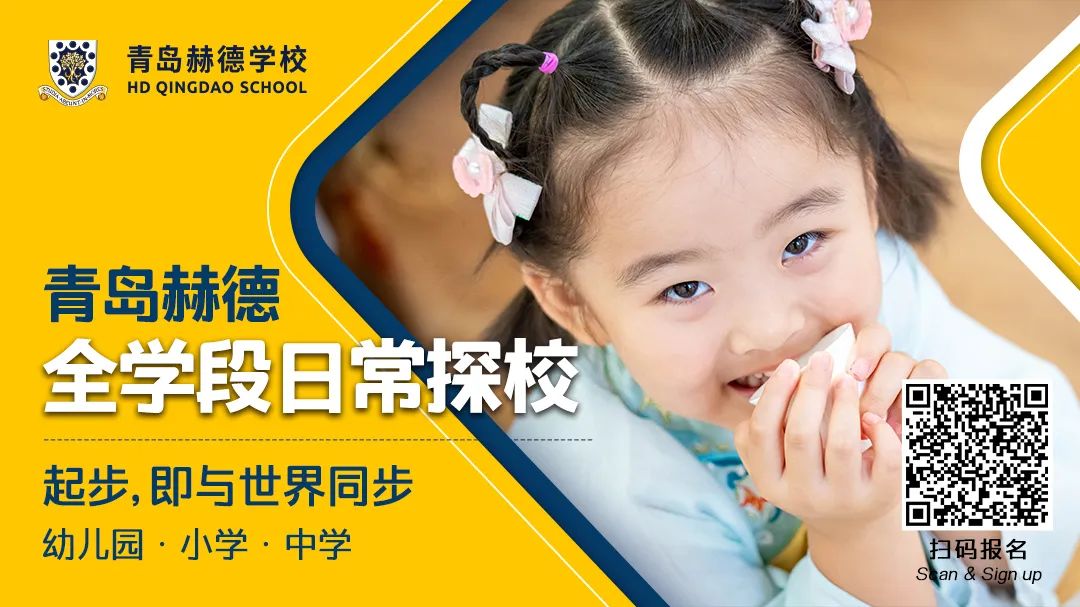
At the start of the 2022 academic year a dedicated weekly Social-Emotional Learning lesson was added to the Primary International curriculum at HD Qingdao.
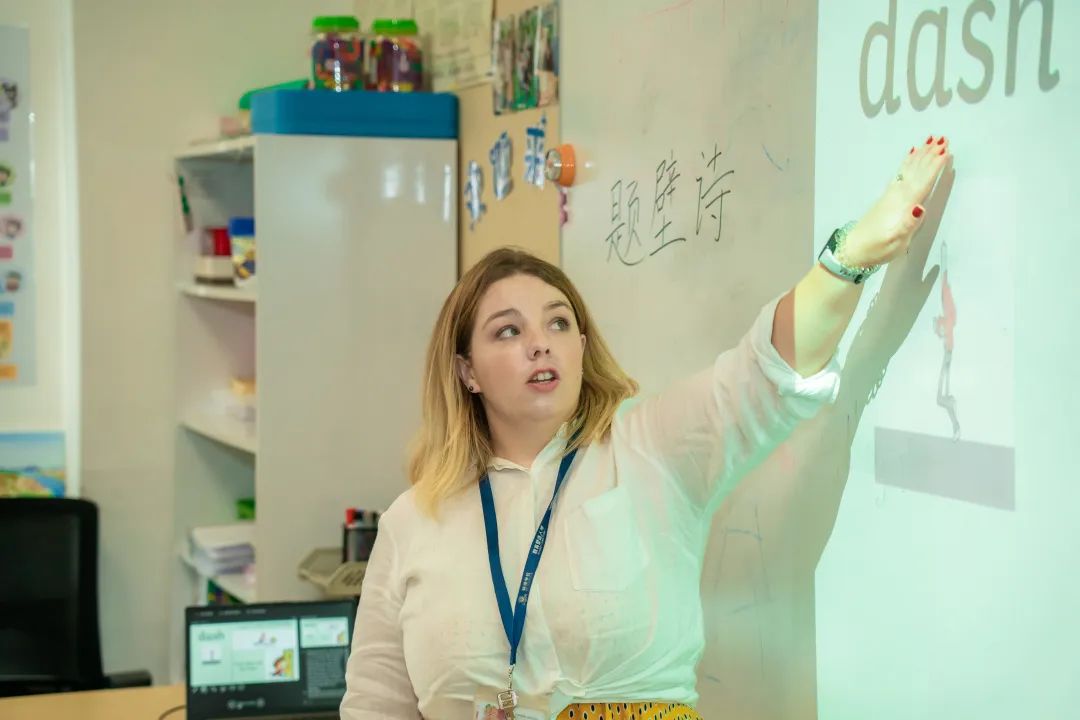
Kelsey Williams
01 Why do we place such great importance on a social-emotional curriculum at HD Qingdao?
Learning is both social and emotional. Years of research in human development, cognitive and behavioural neuroscience, and educational practice tell us that the main domains of human development—social, emotional, cognitive, linguistic, academic—are deeply intertwined in the brain and in behaviour. All are central to our overall learning and success.
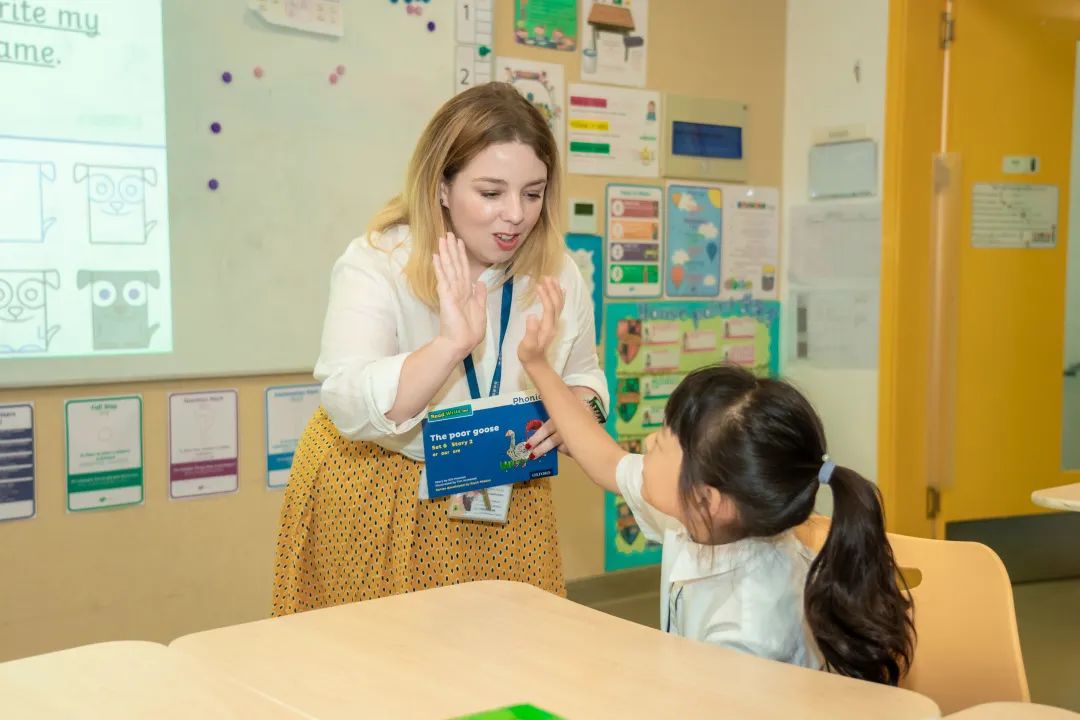
At HD Qingdao we are dedicated to helping ensure our students acquire the skills, knowledge, and mindsets needed to persevere through challenges, set and achieve goals, handle strong emotions, better understand and connect with others, and resolve interpersonal conflicts.
We achieve this through our bilateral approach to Social-Emotional learning. We integrate social-emotional learning into our daily practice and each class has one dedicated International Social-Emotional Learning lesson each week.

Part 1: Integrating Social-Emotional Learning into our Daily Practice
At HD Qingdao we understand that social-emotional learning shouldn’t only be relegated to a distinct unit or stand-alone curriculum. Here’s how we infuse it throughout the day:
Our teachers are intentional about identifying opportunities to practice SEL skills with our students. Such as role-playing conflicts in English that might arise on the playground and talking to students about listening and collaboration before group work.

We endeavour to create a warm classroom culture. Students learn best when they feel safe and cared for. Each of our students know that we respect and care for them as individuals.
We provide leadership opportunities for our students, through classroom jobs and responsibilities and groups such as Student Council.
We focus on creating meaningful relationships - both between students and between students and teachers.
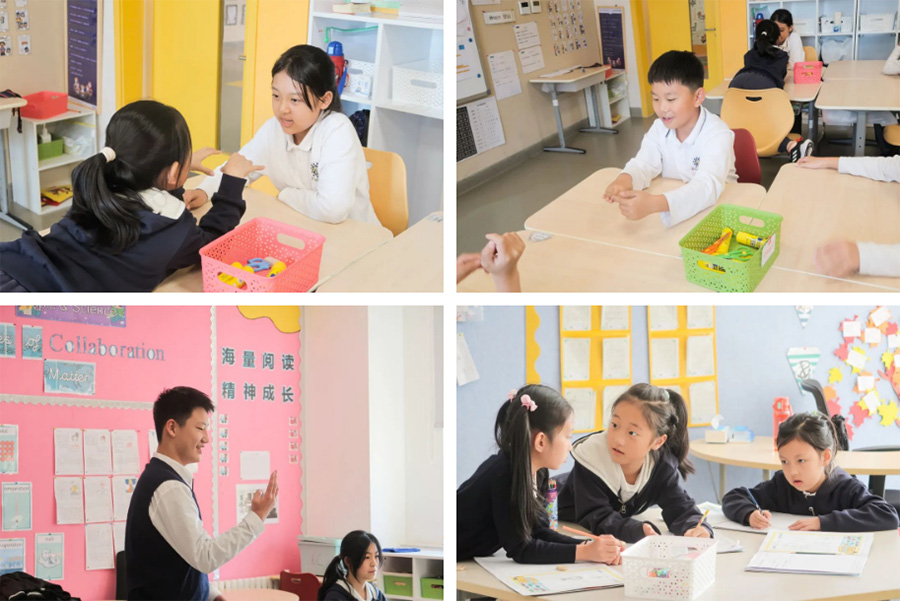
Our discipline policy focuses on restoring relationships and learning instead of only punishment. This helps our learners develop the skills needed to resolve conflict with one another.
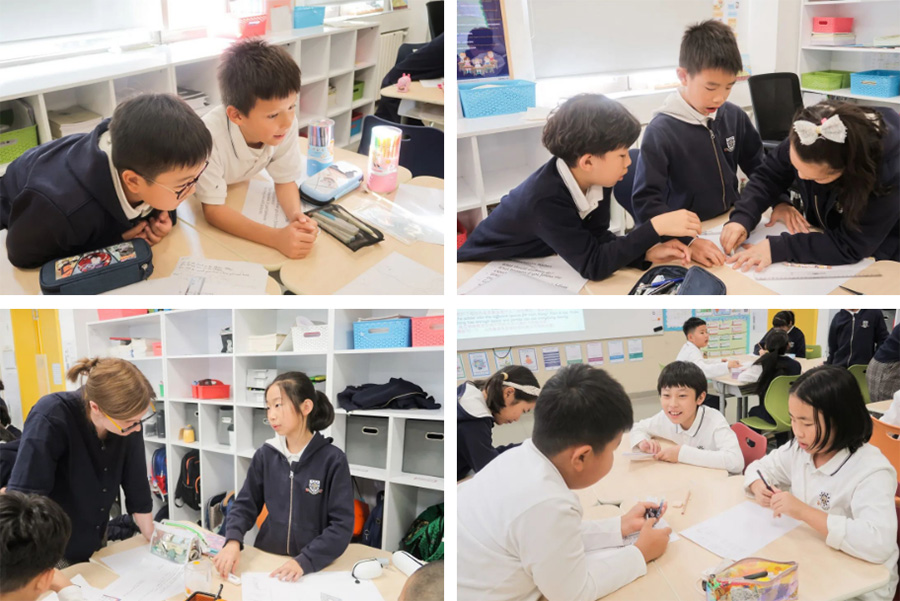
Part 2: Weekly Dedicated Social-Emotional Lessons
What SEL Curriculum do we teach at HDQD?
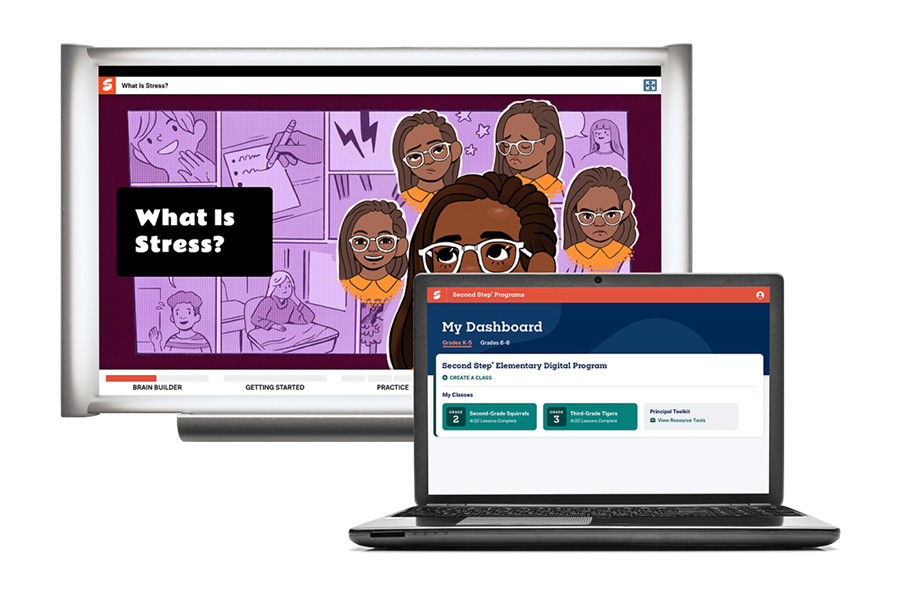
Our International Primary team has introduced the Second Step Programme into our International curriculum. Second Step is an internationally respected, evidence-based social-emotional learning program designed to improve children’s social-emotional skills. It is used in over 26 000 schools in over 70 countries around the world.
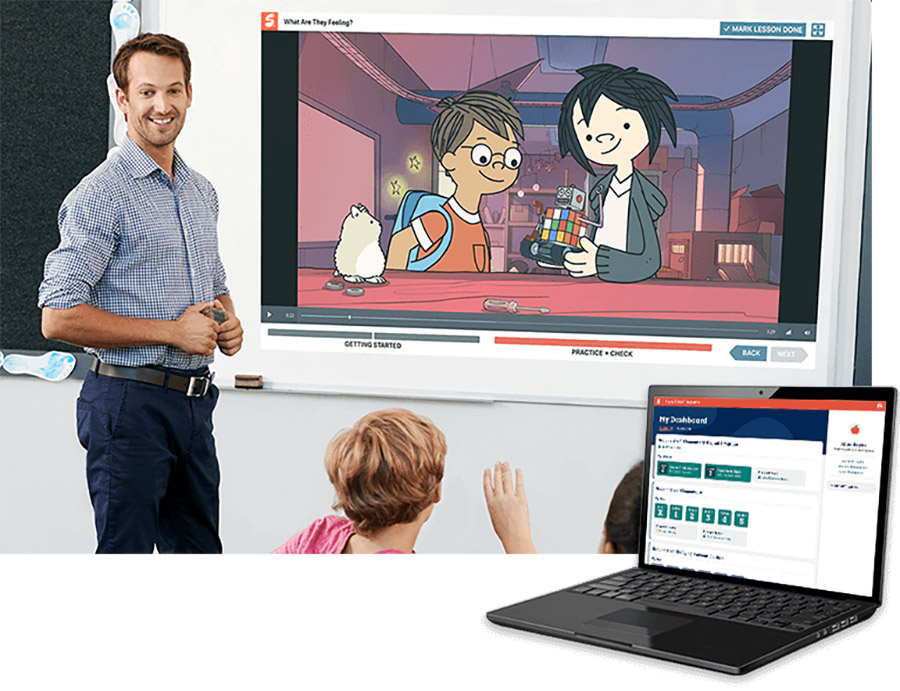
02 How do we teach SEL at HDQD?
During our Second Step SEL lessons we teach skills and concepts which are designed to help our learners both in and out of school.
Our teaching programme in each grade includes four units which cover the following:
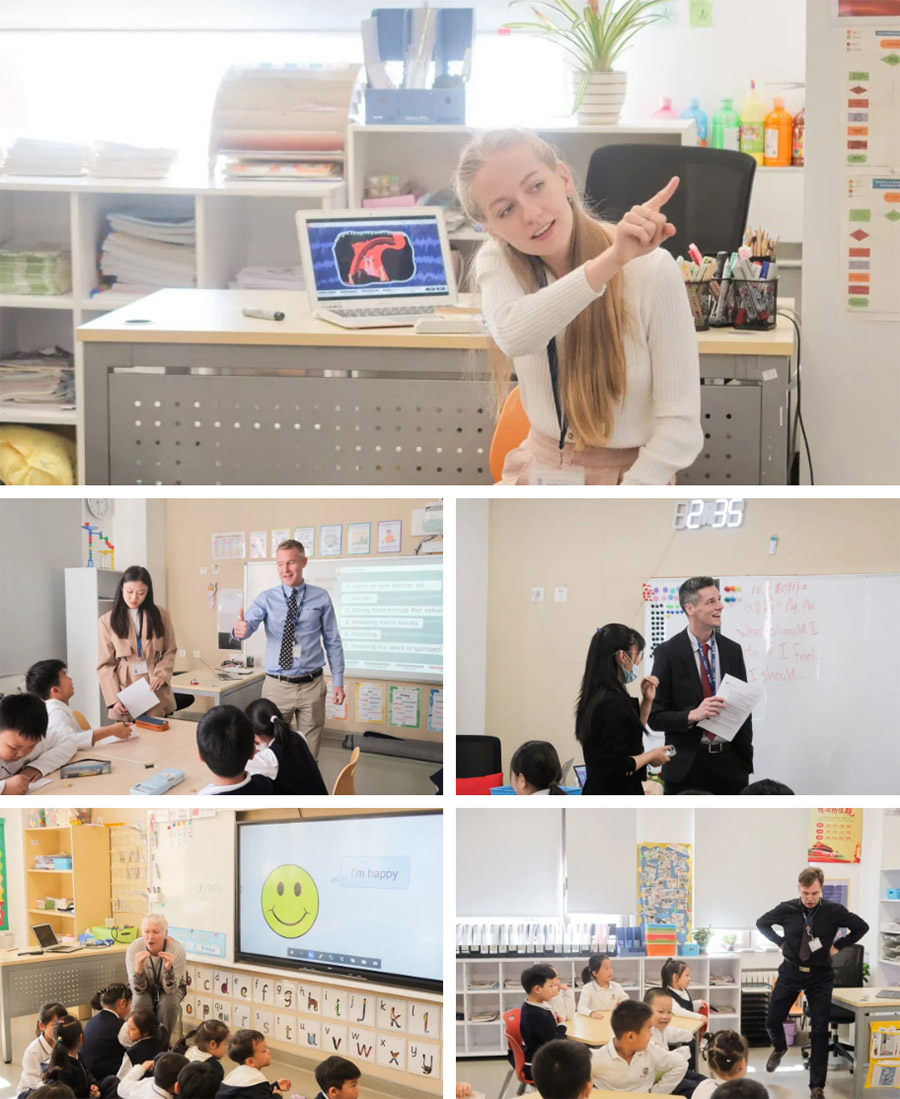
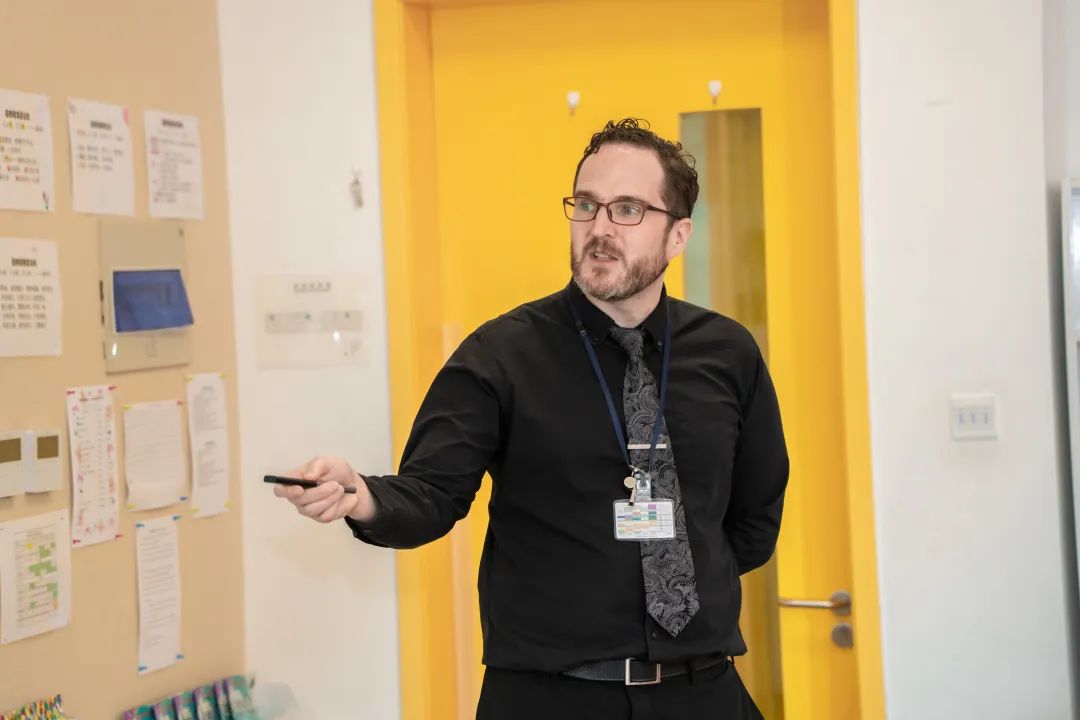
Growth Mindset & Goal-Setting: Children learn how to pay attention and manage distractions, develop a growth mindset, and apply goal-setting strategies to their social and academic lives.
Emotion Management: Children learn how to identify and label emotions and use emotion management strategies—including stress management for older students—to calm strong feelings.
Empathy & Kindness: Children learn how to recognize kindness and act kindly, have empathy for others and take others’ perspectives, and recognize kind acts and empathy as important elements of building and maintaining relationships.
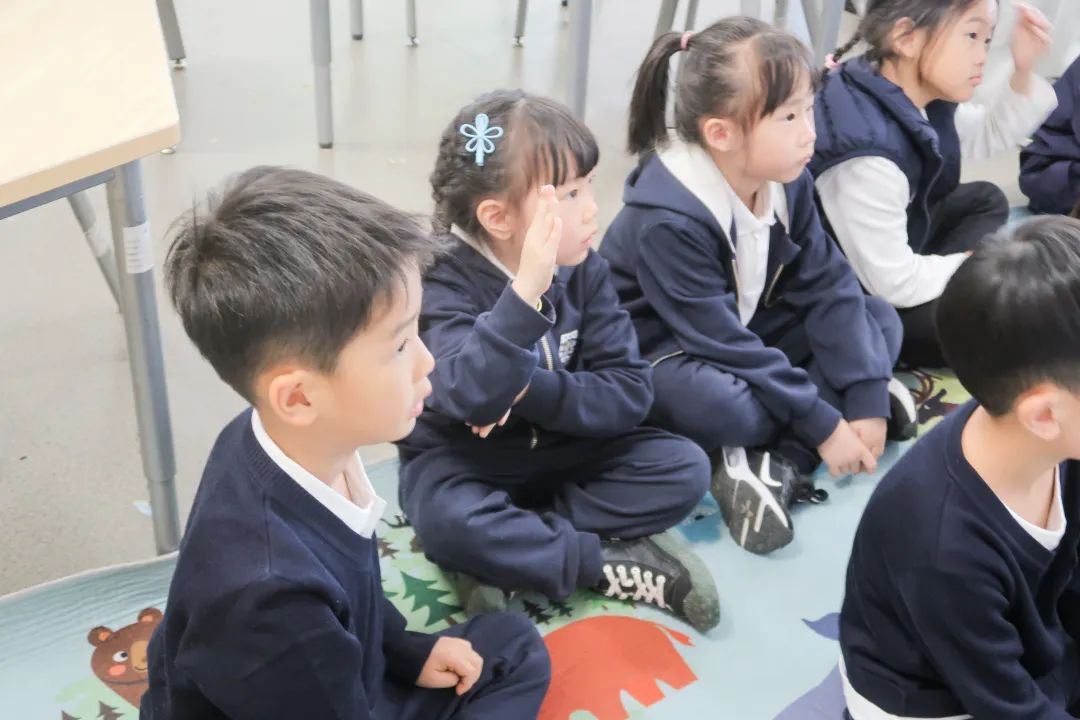
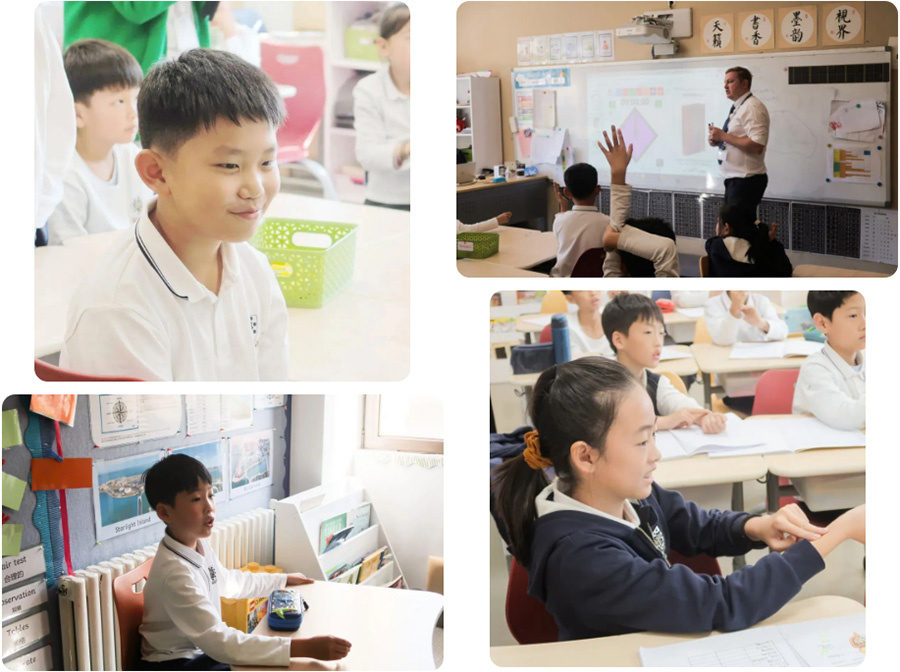
Problem-Solving: Children learn how to identify and state a problem, recognize if a problem is an accident, and use the STEP problem-solving process:
S: Say the problem
T: Think of solutions
E: Explore the outcomes
P: Pick a solution
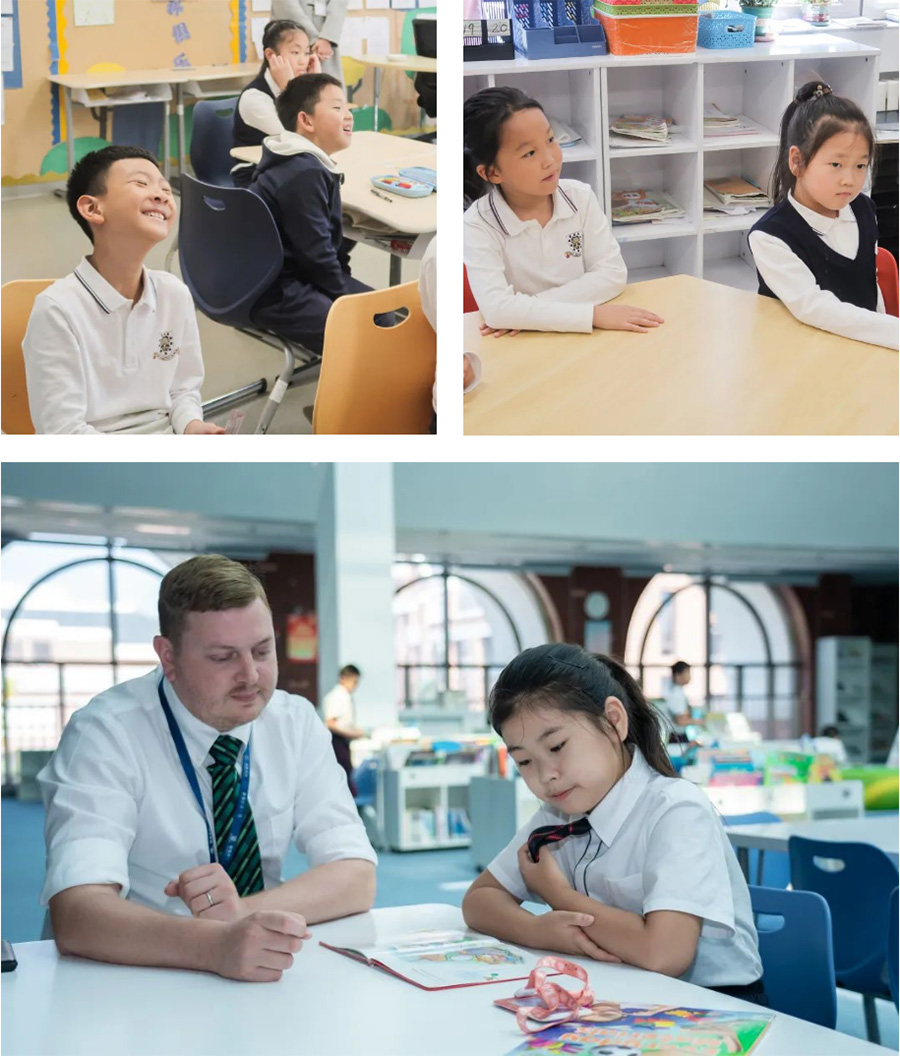
03 How do we teach SEL to English-Language learners?
It was very important for us to find a social-emotional learning curriculum which is not only accessible for second language learners, but one which also provides opportunities for our learners to develop their English skills, improve their vocabulary and express themselves confidently when speaking in English.
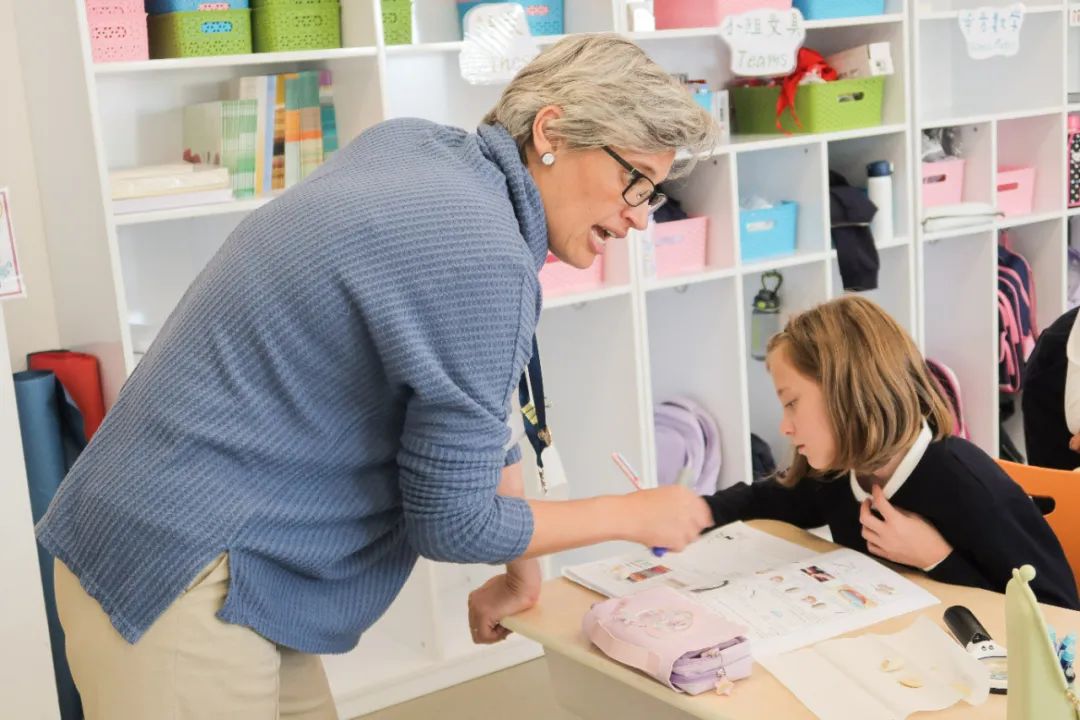
Many of the design features of Second Step lessons—such as the repeated format, visual components (photographs and videos), Brain Builders, skill practice, realistic scenarios, and new vocabulary—make Second Step an effective tool for teaching English-language learners. We provide opportunities in our lessons for our learners to practice problem-solving activities which allows our learners to develop their confidence in using spoken-English in a safe environment.
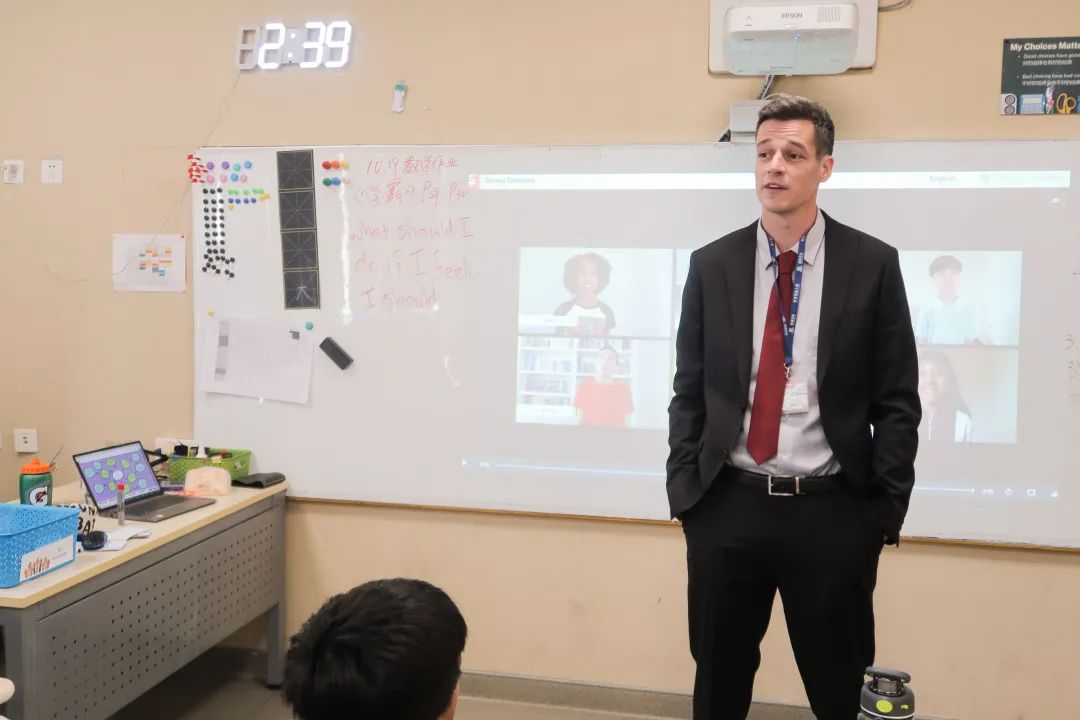
As we teach Second Step, our teachers keep these general tips for working with ELL students in mind:
Be clear: We speak clearly with an even pace. Repeat, rephrase and use gestures to help communicate new vocabulary and concepts.
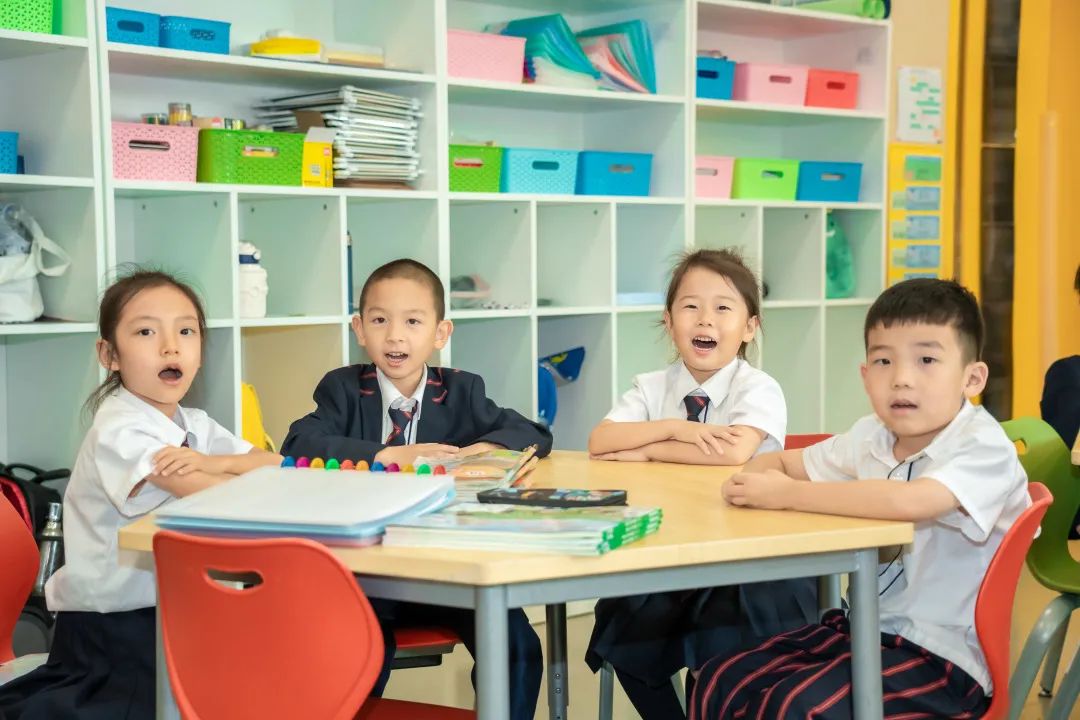
Give wait time: We pause after asking questions to allow our students to think.
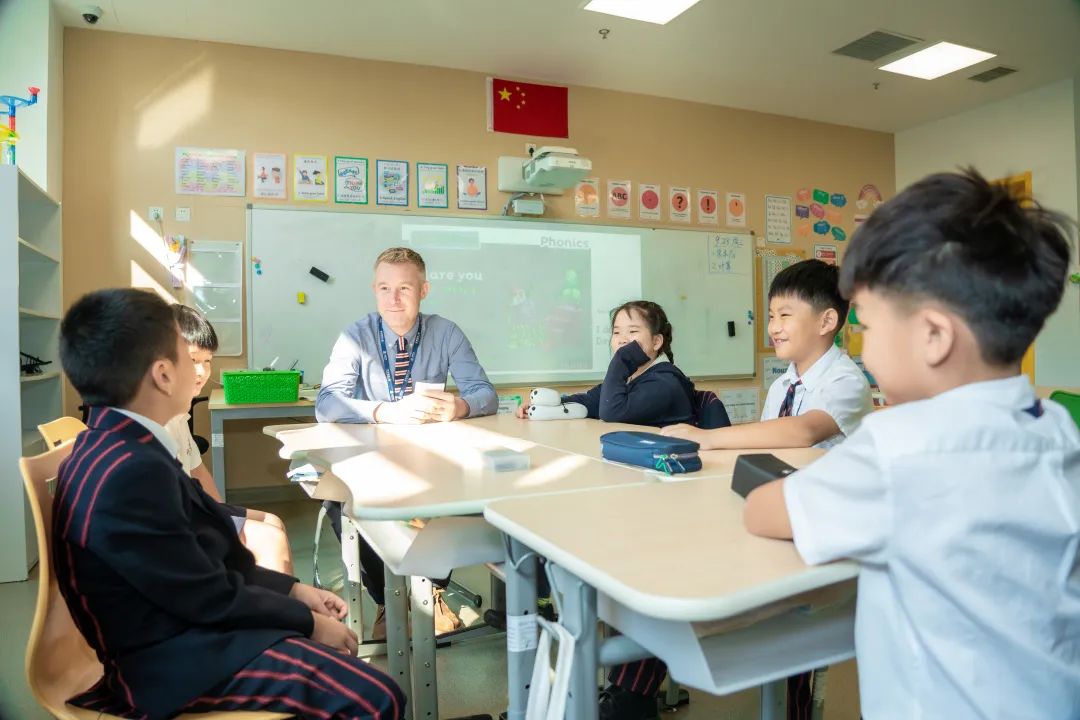
Use visual aids: We use familiar, clear symbols and pictures to help explain concepts.

Pre-teach vocabulary words: As in our English Read Write Inc. lessons, we use words that students already know to explain new words and concepts before teaching a lesson.

Tap into previous knowledge: We link new concepts with familiar ones.
Model: We use words along with actions to model each step of a new skill.
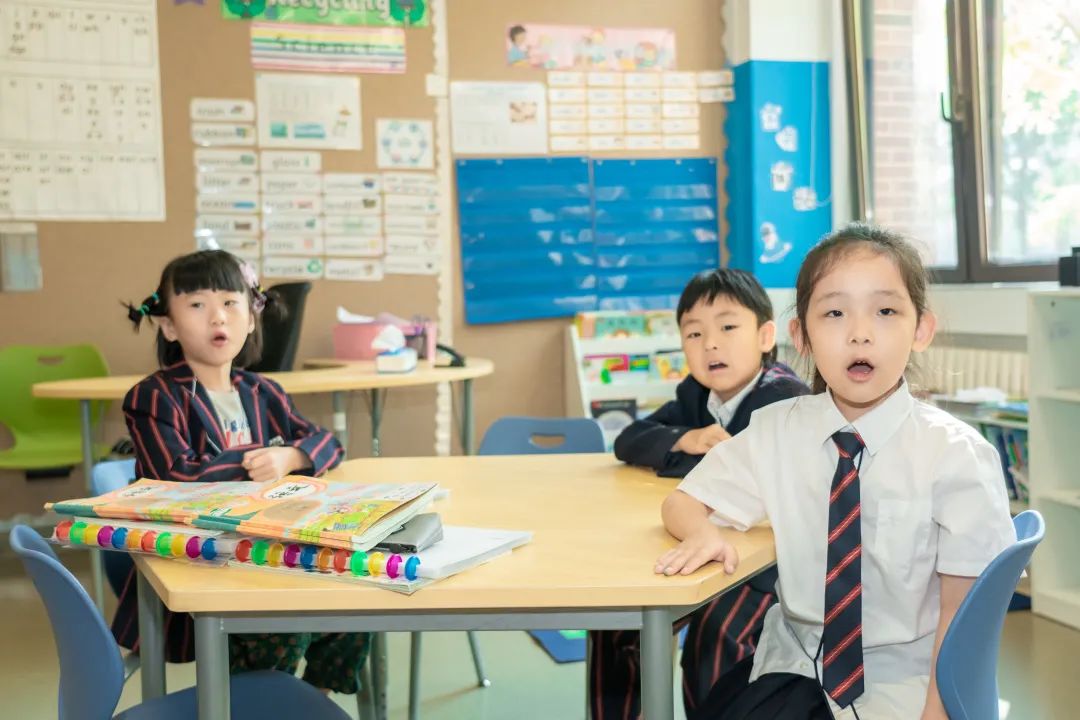
We ensure all our students understand new words or concepts. The correct pronunciation follows with repeated use.

04 Why is it important for your child to have SEL lessons built into their curriculum?
Research shows that social-emotional skills—such as problem-solving, self-regulation, impulse control, and empathy—help improve academics, reduce negative social behaviours like bullying, and create positive classroom climates. These skills need to be taught.
At HD Qingdao we value the importance of explicitly teaching these skills to our learners so that they may develop a growth mindset and face the challenges of the future with confidence.
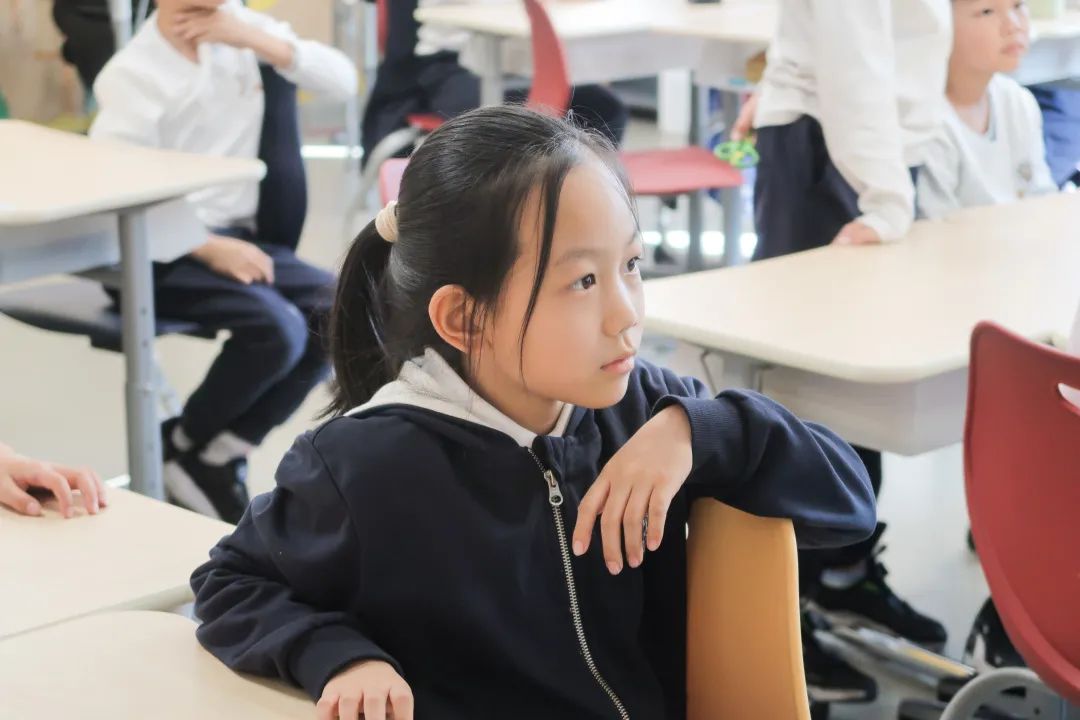
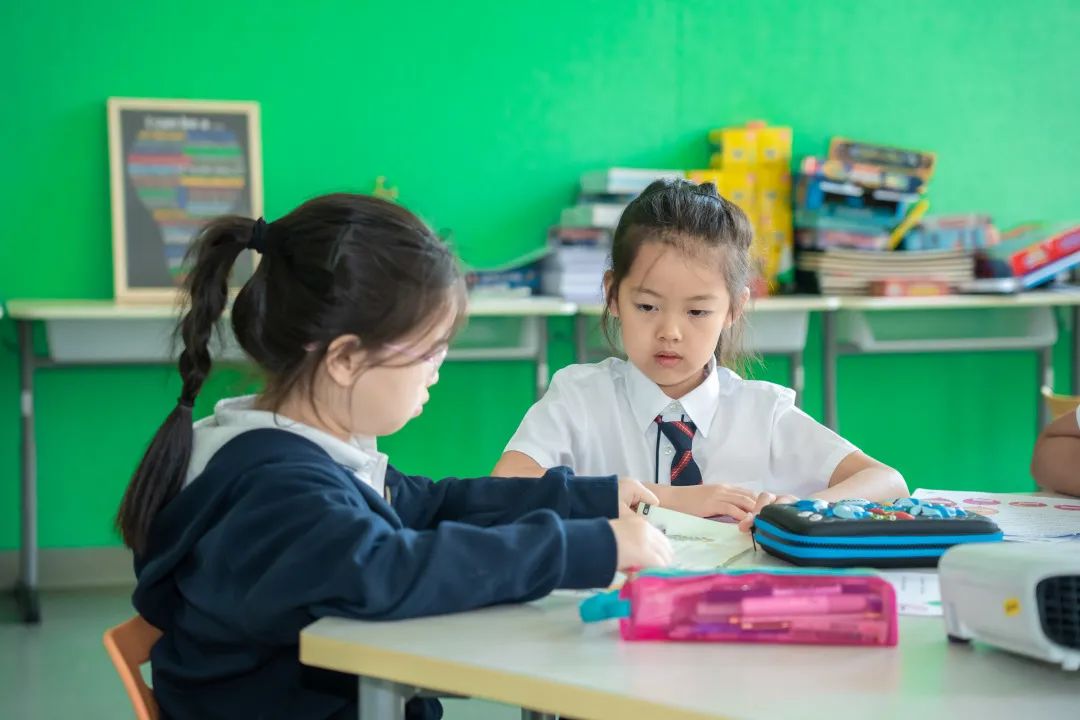
We believe that teaching SEL at our school contributes to creating a positive classroom and school culture that serves as the foundation for the overall academic and social success of our students.

